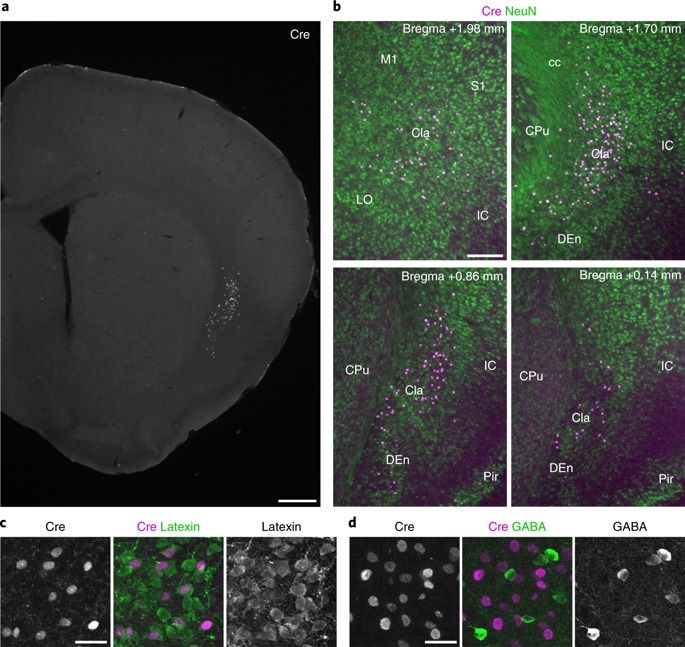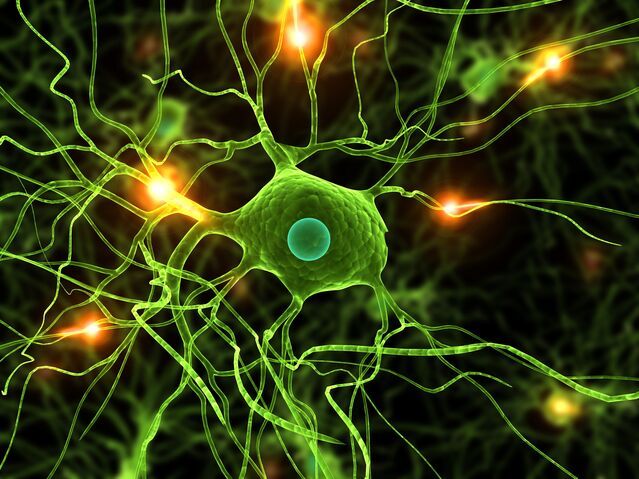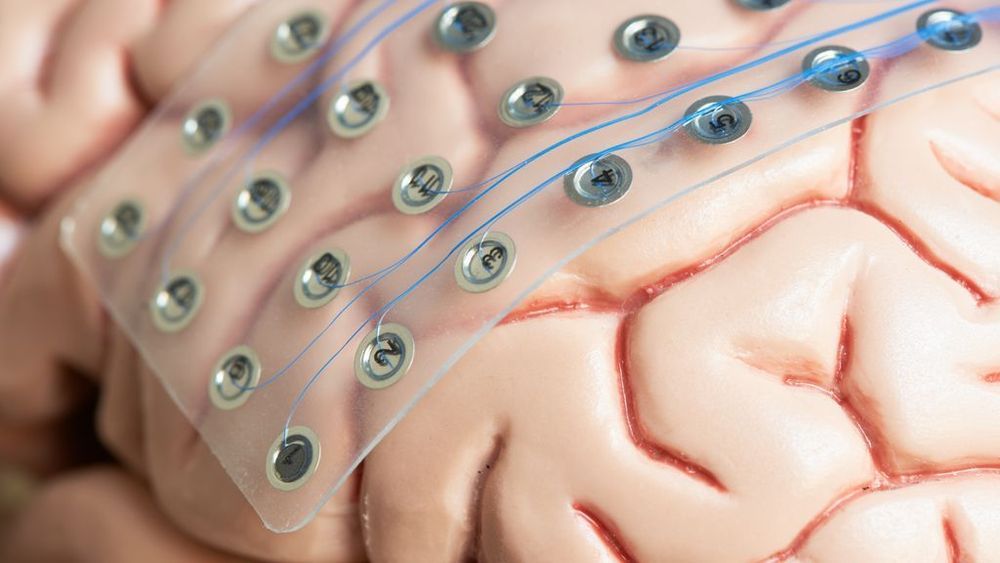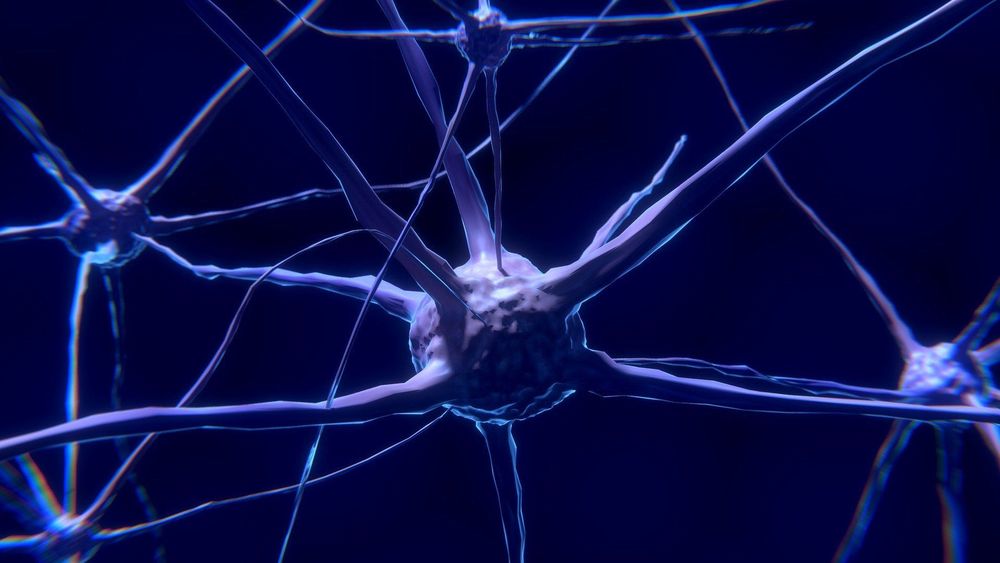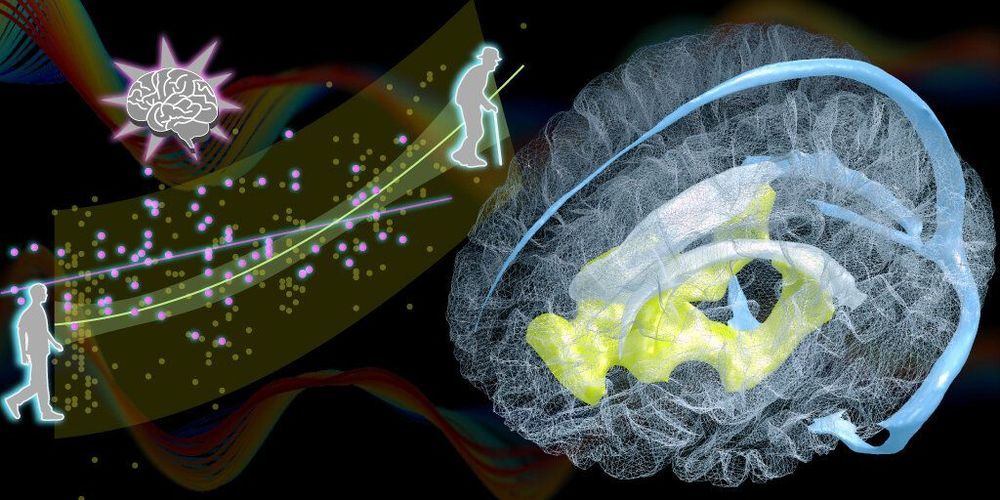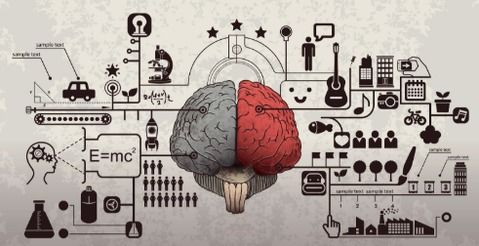Monogamous prairie voles form lifelong pair bonds, but the neuronal dynamics that underlie bond formation and maintenance in this species remain largely unknown. We performed imaging of populations of neurons while voles interacted with their pair-bonded partner or a novel vole before and after bond formation. We identified neurons that were active during partner approach and found that this subset of cells was distinct from those that were active during novel approach. Furthermore, the number of partner approach cells increased following bond formation, reflecting the emergence of bonding behaviors and correlating with bond strength. This discovery sheds light on how pair bonds may be encoded within the brain and what changes as bonds mature.
Pair-bond formation depends vitally on neuromodulatory signaling within the nucleus accumbens, but the neuronal dynamics underlying this behavior remain unclear. Using 1-photon in vivo Ca2+ imaging in monogamous prairie voles, we found that pair bonding does not elicit differences in overall nucleus accumbens Ca2+ activity. Instead, we identified distinct ensembles of neurons in this region that are recruited during approach to either a partner or a novel vole. The partner-approach neuronal ensemble increased in size following bond formation, and differences in the size of approach ensembles for partner and novel voles predict bond strength. In contrast, neurons comprising departure ensembles do not change over time and are not correlated with bond strength, indicating that ensemble plasticity is specific to partner approach.

